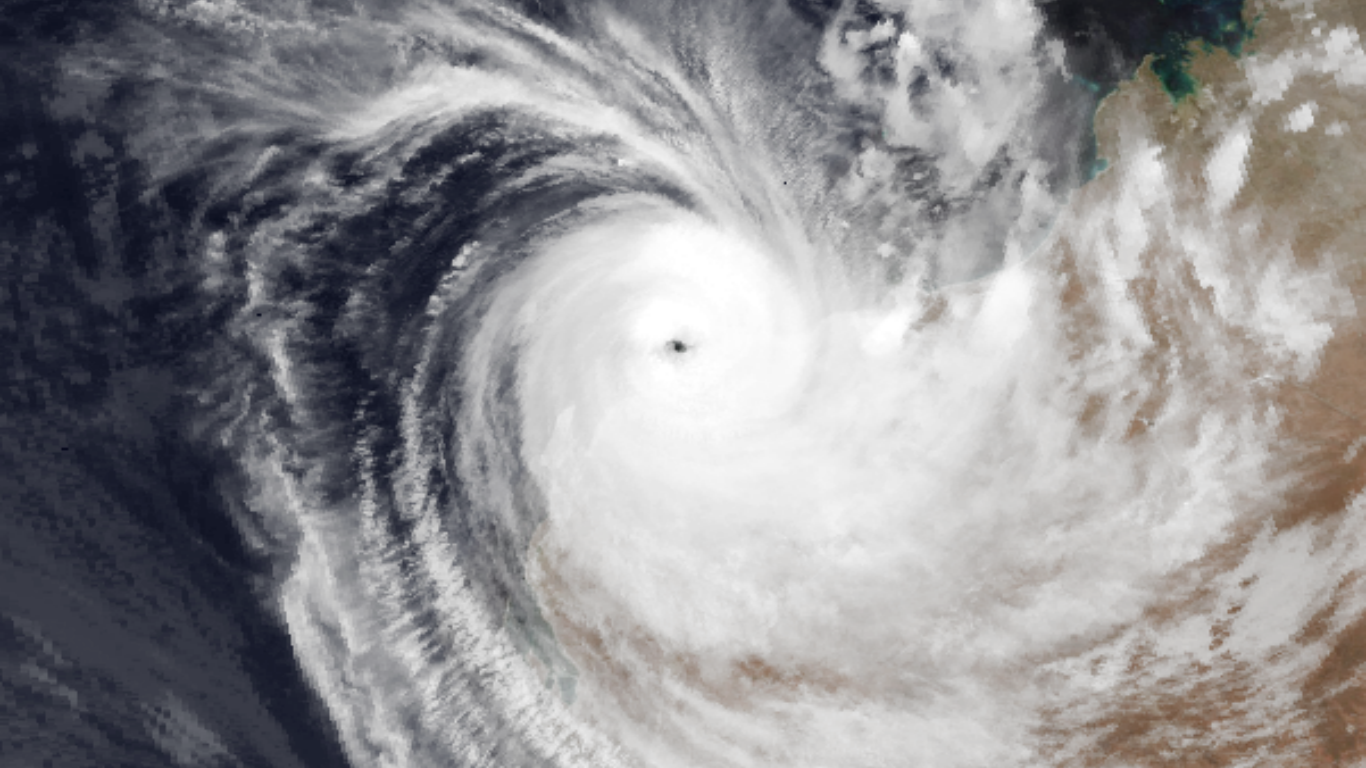

Cyclones, hurricanes and floods drove more than 7 million people from their homes in the first six months of 2019. By the end of the year, the total number of people displaced from their homes could more than triple to around 22 million.
The data was reported Tuesday by the World Meteorological Organization (WMO) in its provisional statement on the state of the global climate. The final report for 2019 is due out in March 2020.
The global average temperature for 2019 (through October) was about 1.1°C (about 2°F) higher compared to the pre-industrial era average. Carbon dioxide concentrations reached a record level of 407.8 parts per million last year and have continued to rise in 2019. Melting ice sheets in Greenland and Antarctica are disappearing at the fastest rate since satellite measurements were begun in 1993. Ocean temperatures are at record levels, and seawater is 26% more acidic than it was prior to the industrial age.
The impact of all these changes is visible as extreme weather. Events that were long described as hundred-year floods and heatwaves occur more frequently now, according to WMO Secretary-General Petteri Taalas.
According to Taalas, “One of the main impacts of climate change is more erratic rainfall patterns. This poses a threat to crop yields and, combined with population increase, will mean considerable food security challenges for vulnerable countries in the future.”
The WMO’s provisional statement notes that Asia and the Pacific are the two regions most likely to suffer disaster displacement of people due to both sudden and slow-onset disasters. In the first six months of this year, more than 2 million people were evacuated from their homes due to Cyclone Bulbul last month, and a similar number were displaced in China due to Typhoon Lekima in August.
The Bangladeshi Kutupalong camp, where nearly 1 million Rohingya Muslim refugees from Myanmar now live, routinely experiences heavy storms, landslides and strong winds. Nearly 85,000 Kutupalong residents have been affected by these extreme weather events.
Climate change effects on crops are equally strong, if not stronger. Some 12.3 million people in the horn of Africa region (Ethiopia, Somalia, Kenya and Uganda) face reduced food supplies. Some 370,000 residents in the region were displaced by flooding earlier this year, out of more than half a million people affected by the floodwaters.
The WMO statement notes that hunger is rising: “After a decade of steady decline, hunger is on the rise again – over 820 million or one in every nine people in the world suffered from hunger in 2018, the latest global data available. … Among 33 countries affected by food crises in 2018, climate variability and weather extremes were a compounding driver together with economic shocks and conflict in 26 countries and the leading driver in 12 of the 26.”
The UN International Panel on Climate Change (IPCC) issued a land-use study in August reporting that irrigated cropland uses about 1% of the world’s ice-free land area (130 million square kilometers, or more than 50 million square miles), while another 12% of total ice-free land is used for non-irrigated crops. More than a third (37%) of the world’s land is used as pasture for livestock, while 22% used for plantation and timber forests.
Floods and droughts are affecting farm production even in developed countries like the United States, where some 14 million Americans were affected by flooding in the South and the Midwest. How does climate change contribute to more flooding? As temperatures warm, so does the air. Warm air holds more moisture than cooler air, and that moisture falls back to earth as rain or snow in greater amounts.
About a quarter of the world’s ice-free land area is subject to human-caused degradation, according to the IPCC report. Soil erosion from agricultural fields is from 10 to 100 times higher than the soil formation rate. While human-caused extreme weather hacks away at crop yields with droughts and floods, humans chip away at the globe’s relatively limited supply of arable land by using poor farming techniques, overgrazing the land or cutting down forests.
The WMO’s Taalas sums it up this way: “If we do not take urgent climate action now, then we are heading for a temperature increase of more than 3°C by the end of the century, with ever more harmful impacts on human wellbeing. We are nowhere near on track to meet the Paris Agreement target” of holding warming to less than 2°C by the end of the century.
There are 27 climate emergencies happening now and cannot be stopped. Check out at some of the most common arguments made by climate change deniers.
Smart Investors Are Quietly Loading Up on These “Dividend Legends” (Sponsored)
If you want your portfolio to pay you cash like clockwork, it’s time to stop blindly following conventional wisdom like relying on Dividend Aristocrats. There’s a better option, and we want to show you. We’re offering a brand-new report on 2 stocks we believe offer the rare combination of a high dividend yield and significant stock appreciation upside. If you’re tired of feeling one step behind in this market, this free report is a must-read for you.
Click here to download your FREE copy of “2 Dividend Legends to Hold Forever” and start improving your portfolio today.
Thank you for reading! Have some feedback for us?
Contact the 24/7 Wall St. editorial team.



